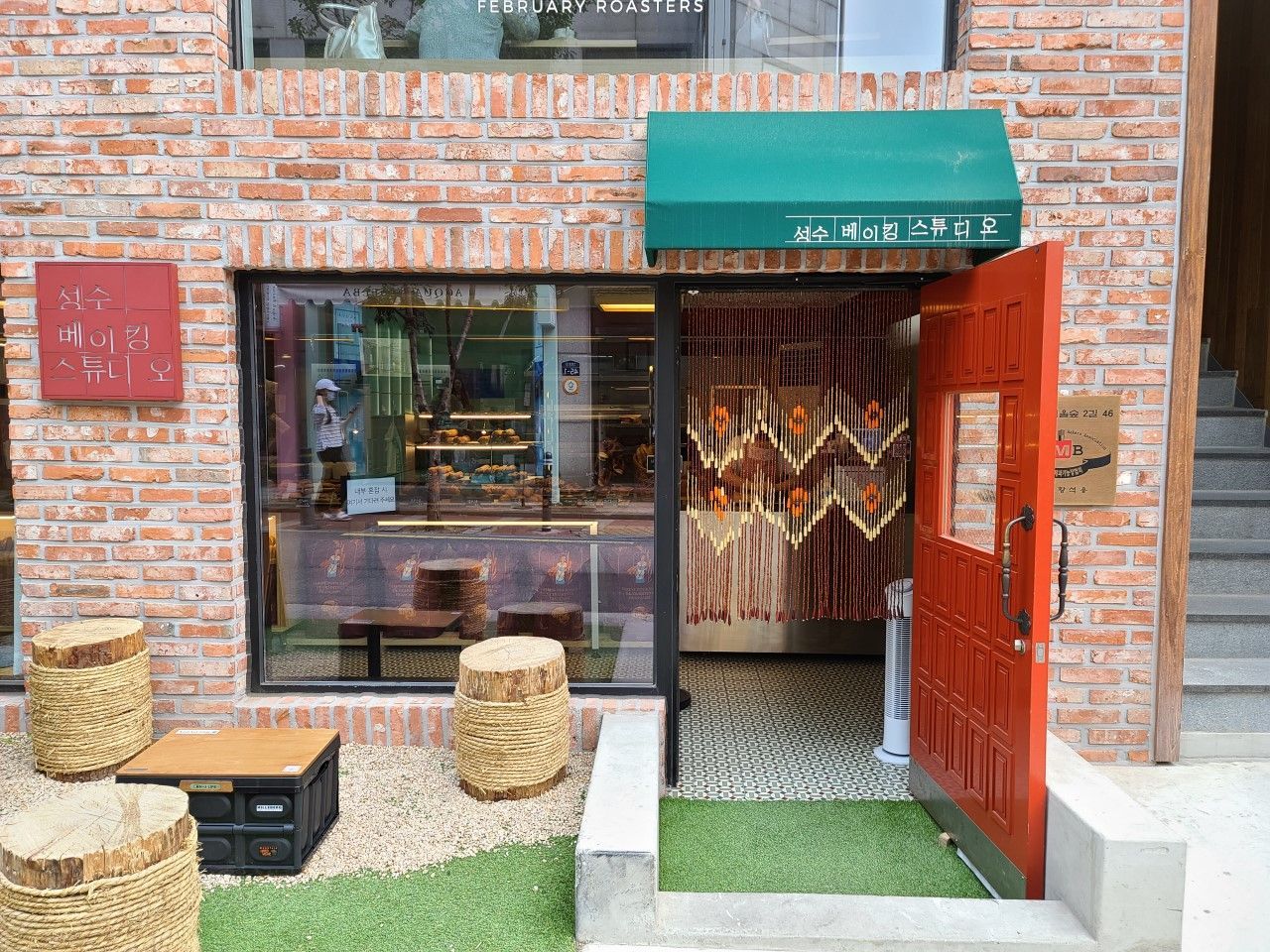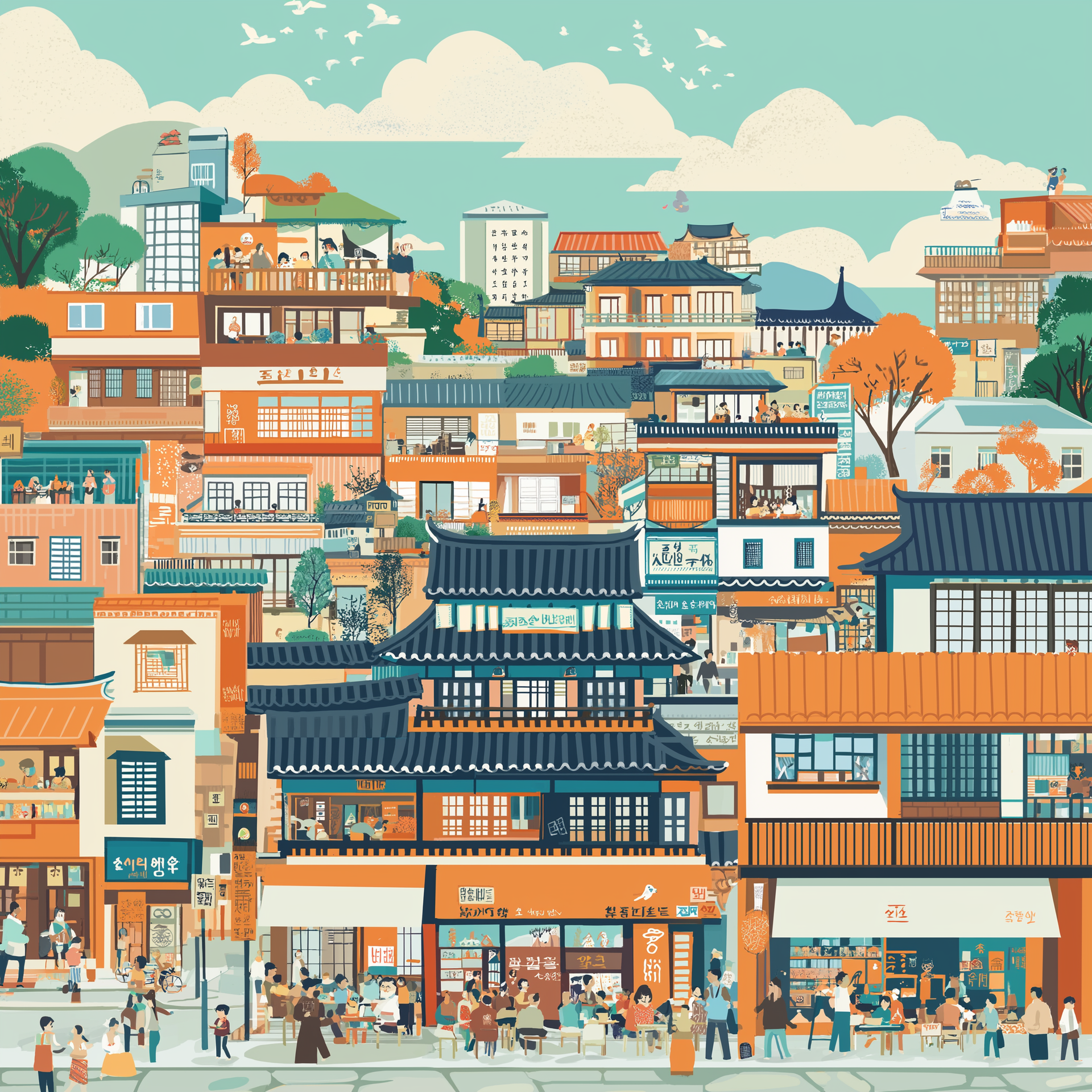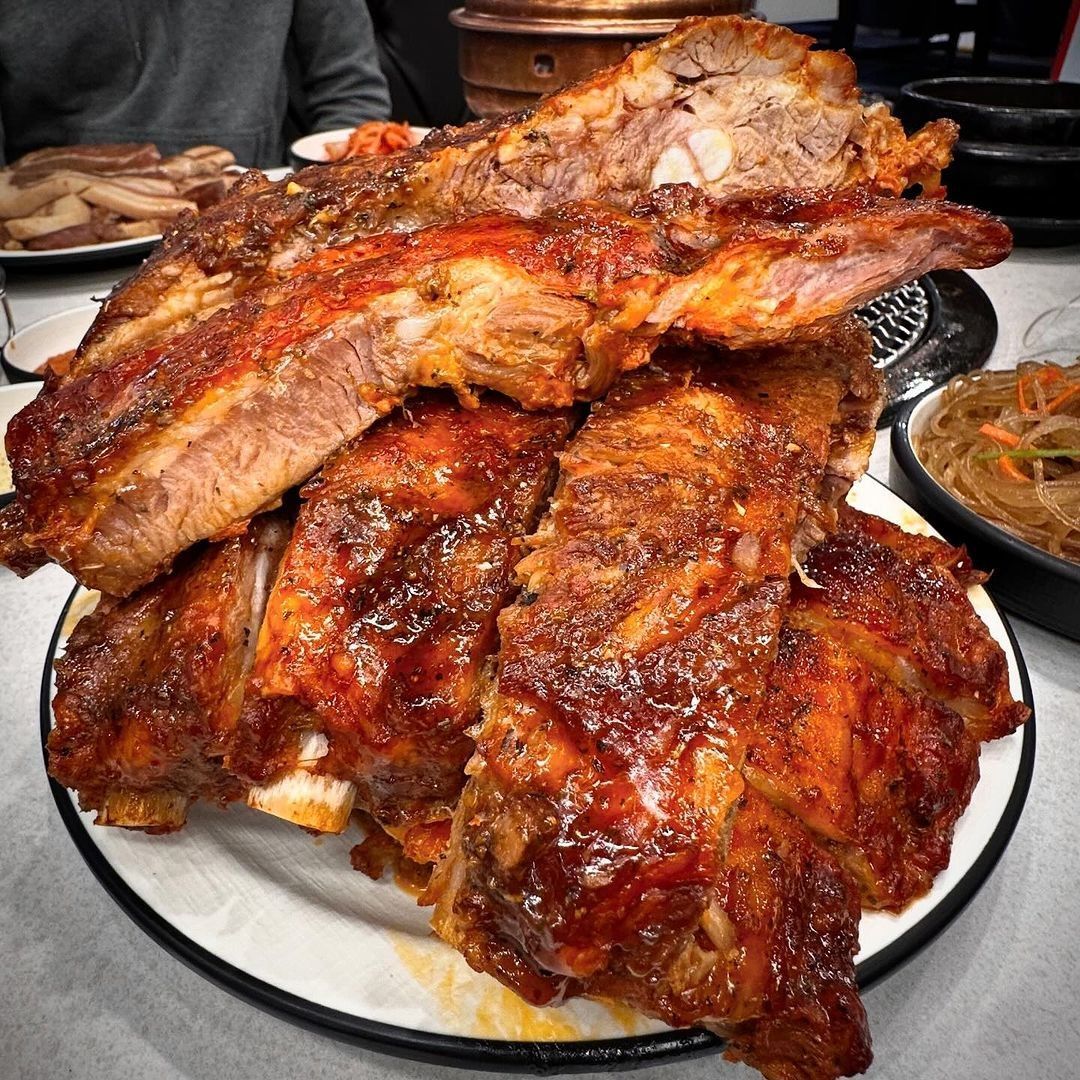Seoul: A Comprehensive Guide to South Korea's Dynamic Capital
Seoul, the capital and largest city of South Korea, is a vibrant metropolis that seamlessly blends ancient traditions with cutting-edge modernity. With a population of nearly 10 million people, Seoul is not only the political and economic heart of South Korea but also a global city that has emerged as a major cultural and technological hub in East Asia.
Interested in asking others about Seoul or engage in related chat? Be sure to check out our popular FB Group, Every Expat in Korea!
Historical Background
Seoul's history stretches back over two millennia. The city was founded in 18 BCE as the capital of the Baekje Kingdom, one of the Three Kingdoms of Korea. However, it was during the Joseon Dynasty (1392-1910) that Seoul, then known as Hanyang, truly flourished as the capital of a unified Korea.
Throughout its long history, Seoul has weathered numerous invasions and occupations, including those by the Mongols, Japanese, and Chinese. The city's resilience is perhaps best exemplified by its rapid recovery and development following the devastating Korean War (1950-1953), which left much of Seoul in ruins.
Economic Powerhouse
In the decades following the Korean War, Seoul underwent a period of explosive growth known as the "Miracle on the Han River." This economic boom transformed Seoul from a war-torn city into one of the world's most advanced metropolitan areas. Today, Seoul is a global financial center and home to the headquarters of numerous multinational corporations, including Samsung, LG, and Hyundai.
The city's economic strength is reflected in its impressive skyline, dominated by sleek skyscrapers and modern architectural marvels. The Lotte World Tower, completed in 2017, stands at 555 meters tall and is currently the fifth-tallest building in the world.
Technology and Innovation
Seoul is widely recognized as one of the most technologically advanced cities in the world. The city boasts an extensive public transportation system, including one of the world's largest and most efficient subway networks. Seoul's technological prowess is also evident in its widespread adoption of smart city technologies, from public Wi-Fi networks to intelligent traffic management systems.
The city is a global leader in information and communication technology (ICT), with some of the fastest internet speeds in the world. This technological infrastructure has fostered a thriving startup ecosystem, particularly in areas such as fintech, artificial intelligence, and e-commerce.
Cultural Hub
While Seoul's modernity is impressive, the city has not forgotten its rich cultural heritage. Ancient palaces, temples, and traditional hanok houses coexist harmoniously with contemporary architecture, creating a unique urban landscape that tells the story of Korea's past and present.
The city is home to five grand palaces from the Joseon Dynasty, including Gyeongbokgung, the largest and most famous. These palaces, along with numerous museums and cultural sites, offer visitors a glimpse into Korea's royal history and traditional arts.
Seoul's cultural influence extends far beyond its historical sites. The city has become a global trendsetter in popular culture, particularly through the Korean Wave or "Hallyu." This cultural phenomenon encompasses K-pop music, Korean dramas, and Korean cuisine, all of which have gained immense popularity worldwide in recent years.
Neighborhoods and Districts
- Seoul is divided into 25 districts (gu), each with its own distinct character and attractions. Some of the most notable include:
- Gangnam: Known for its upscale shopping, dining, and entertainment options, Gangnam gained global recognition through the hit song "Gangnam Style."
- Hongdae: A vibrant area near Hongik University, famous for its indie music scene, street performances, and quirky shops.
- Itaewon: A multicultural district popular among expatriates and tourists, Itaewon is known for its diverse dining options and nightlife scene. The area has undergone significant changes in recent years, becoming more gentrified while still maintaining its international flavor.
- Bukchon Hanok Village: A neighborhood of traditional Korean houses (hanoks) that offers a glimpse into Seoul's historical architecture.
- Myeongdong: A major shopping district and popular tourist destination, known for its street food, cosmetics stores, and fashion boutiques.
Education and Research
Seoul is home to many of South Korea's top universities, including Seoul National University, Korea University, and Yonsei University. These institutions, along with numerous research centers and think tanks, contribute to Seoul's reputation as a center of academic excellence and innovation.
The city's emphasis on education is reflected in its highly educated workforce and its strong performance in international education rankings. This focus on human capital development has been a key factor in Seoul's economic success and technological advancement.
Environmental Initiatives
- In recent years, Seoul has made significant strides in addressing environmental concerns and promoting sustainability. The city has implemented various green initiatives, including:The restoration of Cheonggyecheon Stream: Once covered by an elevated highway, this urban stream was uncovered and restored in 2005, creating a popular public space and improving the local ecosystem.
- Seoul Forest: A large urban park created in 2005, providing green space and recreational areas for city residents.
- Expansion of bicycle infrastructure: The city has invested in creating dedicated bike lanes and a public bike-sharing system to encourage eco-friendly transportation.
- Energy-efficient buildings: Seoul has implemented policies to promote the construction of energy-efficient buildings and the retrofitting of existing structures.
These efforts demonstrate Seoul's commitment to balancing urban development with environmental sustainability.
Challenges and Future Prospects
Seoul's journey from a war-torn city to a global metropolis is a testament to South Korea's resilience and ambition. Today, Seoul stands as a dynamic and multifaceted city that continues to evolve and innovate. Its unique blend of tradition and modernity, coupled with its technological prowess and cultural influence, makes Seoul a fascinating study in urban development and a key player on the global stage.
As Seoul faces the challenges of the 21st century, from environmental sustainability to social equity, it does so with the same spirit of innovation and determination that has characterized its recent history. The city's ability to adapt and thrive in the face of change suggests that Seoul will continue to be a city to watch in the years to come, shaping trends and setting benchmarks for urban centers around the world.
Despite its many successes, Seoul faces several challenges as it continues to grow and evolve:
Housing Affordability: The rapid increase in property prices has made housing increasingly unaffordable for many residents, particularly young people and low-income families. This issue has become a major political and social concern in recent years.
Aging Population: Like many developed countries, South Korea is facing an aging population, with Seoul at the forefront of this demographic shift. This trend poses challenges for healthcare, social services, and economic growth.
Air Quality: Despite efforts to improve air quality, Seoul still struggles with high levels of fine dust pollution, particularly during certain seasons. This issue has health implications for residents and impacts quality of life.
Social Inequality: While Seoul's economic growth has been impressive, concerns about income inequality and social mobility persist. Addressing these disparities remains a challenge for policymakers.
Looking to the future, Seoul is positioning itself as a leader in the Fourth Industrial Revolution, with initiatives focused on artificial intelligence, robotics, and the Internet of Things. The city's "Seoul Vision 2030" plan outlines strategies for sustainable growth, improved quality of life, and enhanced global competitiveness.









